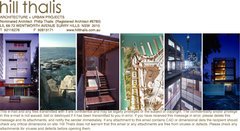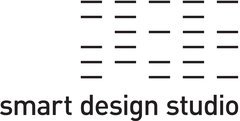SJB Architects NSW

With offices in both Melbourne and Sydney, SJB Architects has made a significant contribution to Australia’s built environment over more than three decades. The broad body of work undertaken by SJB Architects ranges from large-scale urban development to more intimate residential buildings. SJB Architects approaches design in an integrated way and strives for relevance on every commission. We are proud to be able to demonstrate consistently strong leadership and a reliance on teamwork that promotes both good design and effective delivery.
Driving directions to SJB Architects NSW on map
SJB Architects NSW on Google Maps
Projects:
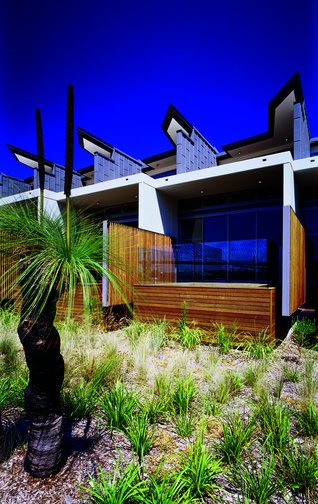
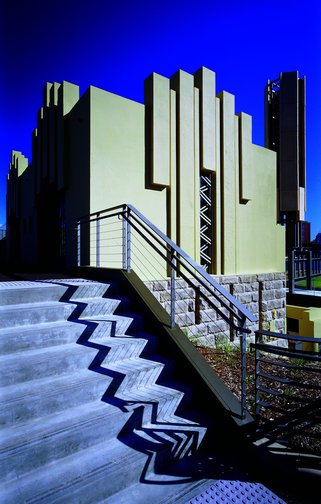
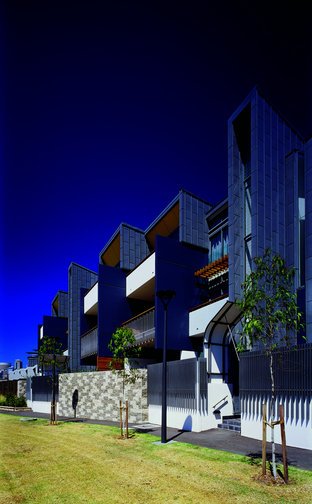
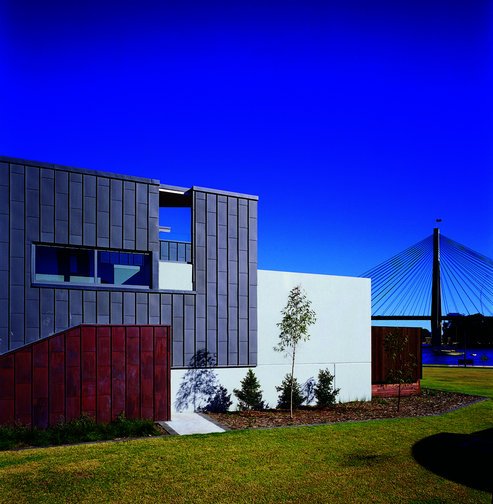
Glebe Harbour
Blackwattle Bay, Glebe, New South Wales, 2005
Situated on the edge of Sydney Harbor with views across Blackwattle Bay towards Anzac Bridge, the former Fletcher container site is an exercise in reintegration. The challenge of this project has been to reinstate a street pattern, building grain and open space footprint that represents the small scale breakup and seemingly haphazard nature of the existing Glebe environment and its connection to the harbour. The site has been defined into parts so as to respond to both the development criteria and the surrounding urban and community context. Inclusive of 136 apartments, the sites components range from the small scale terrace housing that exists as an extension of the surrounding street network, to larger apartment buildings which balance the development equation. The urban structure of the project responds to the localised conditions of the site and its immediate context, and broader issues of a more ‘city’ nature. The project sees the extension of the harbour foreshore walk, carefully and anonymously connecting into a pre-established framework and master plan. The materiality of the public domain is simple and robust, reflective of the sites pre-settlement context and the later industrial nature of the site.
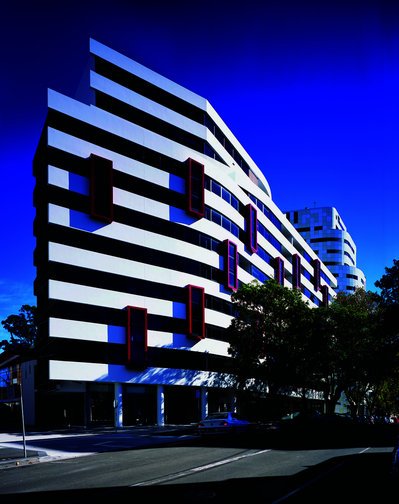
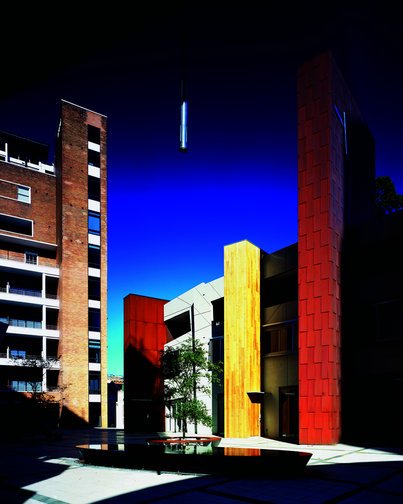

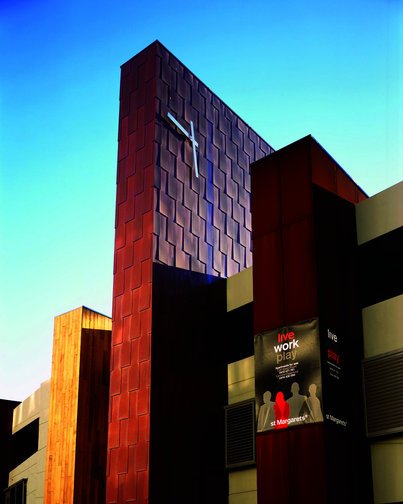
St Margaret’s
Surry Hills, New South Wales, 2003
St Margaret’s Hospital is part of the cultural heritage of Sydney. As the primary maternity hospital serving the community for the second half of the 20th Century, St Margaret’s is known to everyone. Developing the site was an urban proposal to rejoin it to its surrounding neighbourhood. The architectural heritage of the former public hospital and the chapel have been retained and reused, and the three new buildings enliven the space with playful architectural forms. The original street network of Surry Hills has been re-established. St Margaret’s is now a thriving mixed-use development, with an open public space at ground level servicing the 214 apartments it now accommodates. The sun pours into the 1500m2 public space, the apartment buildings are full and the retailers are busily establishing their new ventures. St Margaret’s – the ‘urban village’ is open for business.
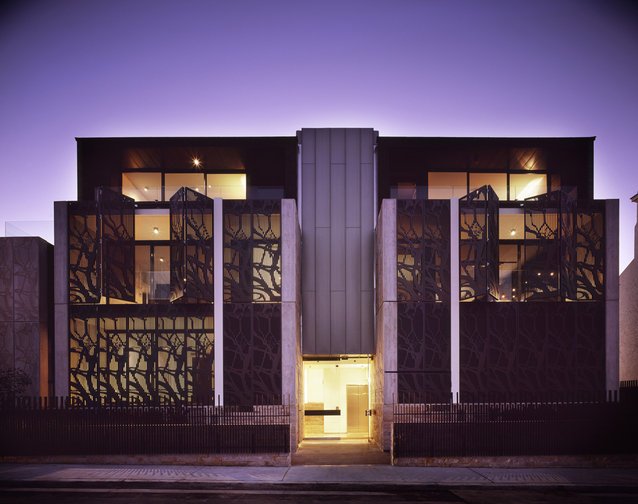

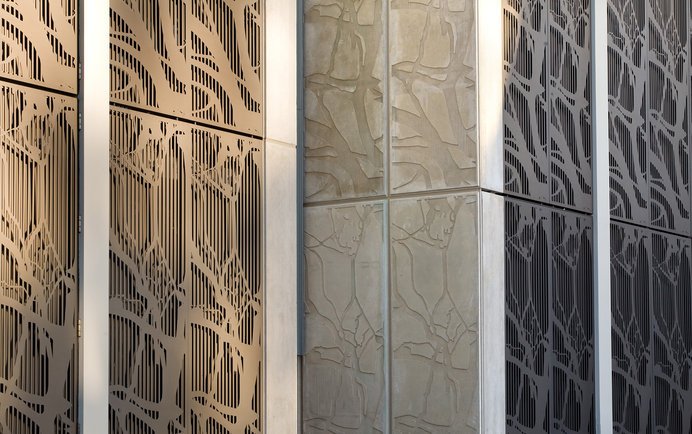
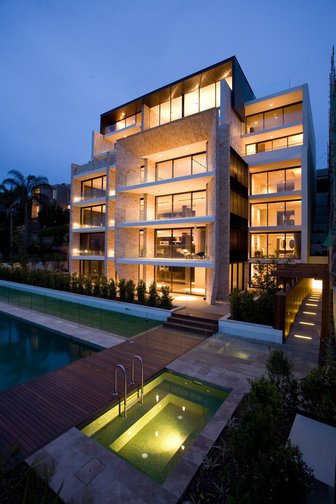
Louisa Road Waterfront Apartments
Birchgrove, New South Road, 2007
A complex site which required a skilful design to resolve the many Urban Design issues associated with this site. View corridors, public amenity, scale and bulk and heritage context were just some of the issues which shaped the new design. Six stunning apartments replace a 1970’s unit building with each of them orientated towards the water. Five apartments are across a single level whilst the premium apartment is across two levels with a large double height space to the living area. The brief called for top end luxury residential and no expense has been spared in targeting that part of the market. Materials include copper, zinc, stone, patterned precast elements and timber. Extensive precast patterning to the street level elements reflect the scale and variety of nearby vegetation foliage and has been used to promote a sense of belonging to location. These apartments will set a new benchmark for luxury end development in this precinct.



